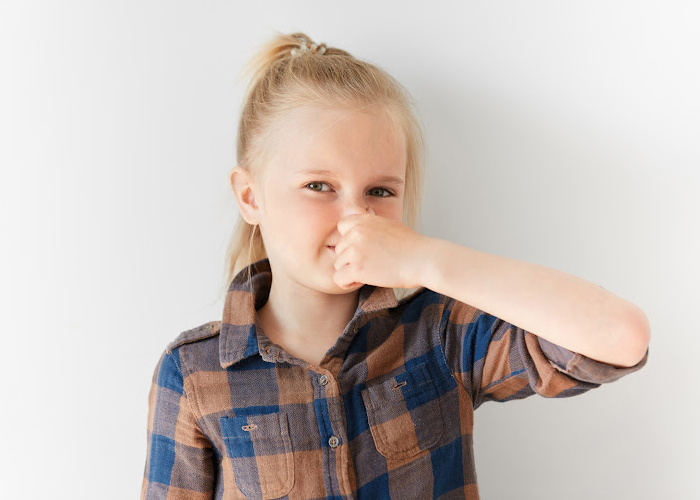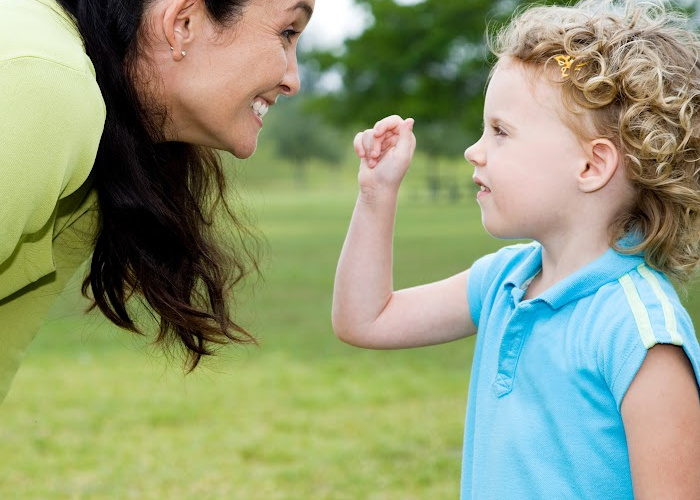It's crucial to know that students with autism and ADHD need special study strategies. Autism…

Exploring Reasons: Why Do Autistic Kids Pinch?
Pinching behaviors are common in some autistic children and adults. In this blog post, we’ll explore some of the main reasons autistic individuals may pinch themselves or others, and strategies caregivers can use to curb pinching behaviors.
Sensory seeking
Many autistic people have different sensory processing abilities. Some may be hypersensitive to certain textures, sounds or sights, while others may seek out sensory input. Pinching can provide a strong tactile sensation that meets a sensory need for certain autistic people. The feeling of pinching skin and muscle tissue supplies that missing sensory input.
Communication
Autistic people often struggle with communication, both understanding others and expressing themselves. Pinching can be a way to express frustration, discomfort, excitement or other emotions. It communicates a feeling nonverbally. Some autistic people report that pinching helps them externalize and release internal stimuli when emotions build up.
Self-stimulation
Autistic people frequently engage in repetitive, self-stimulating behaviors such as hand flapping, rocking or spinning. The medical term for this is “stimming.” Pinching can serve as a form of self-stimulation that helps regulate emotions. The rhythm or motion of pinching can have a calming effect.

Seeking a reaction
Some autistic people may pinch as a way of getting attention or provoking a reaction from others. Since communication impairment makes it hard to express needs verbally, pinching provides instant feedback. For some, negative attention is better than no attention.
Lack of impulse control
Impulse control and self-regulation are often challenging for autistic individuals. Pinching may be an impulsive behavior that provides sensory stimulation. Without robust self-regulation abilities, it can be difficult to resist the urge to pinch.
Enjoys the feeling
Sensory experiences that other people may find uncomfortable are sometimes pleasurable for autistic individuals. The sensation of pinching skin can feel enjoyable and satisfying for some. Autistic people may not understand social rules that prohibit pinching others.
How to Reduce Pinching Behaviors
If an autistic person is frequently pinching others, there are some positive, compassionate strategies caregivers can implement to try reducing it:
- Provide alternative sensory input like squeeze balls, fidget toys or chewelry. These give safer tactile stimulation.
- Use visual schedules and social stories to teach social rules about pinching. Clear communication and consistency are key.
- Notice triggers and intervene early. Redirect to appropriate stimming behaviors or provide sensory breaks.
- Praise and reward periods without pinching. Use high-interest reinforcers tailored to the person.
- Teach communication methods like picture exchange or sign language. Provide a way to express wants and feelings without pinching.
- Use calming strategies if pinching relates to emotional overload. Weighted blankets, noise-canceling headphones and soothing music can help.
- Consider ABA therapy to reinforce positive behaviors and consistently discourage pinching over time.
Conclusion
Pinching is a common sensory-seeking and communicative behavior in autistic people. By understanding the reasons behind it and responding with compassion, caregivers can implement strategies to meet needs safely.

Frequently Asked Questions
Pinching is a common behavior in autistic children that parents often have questions about. Here are answers to some frequently asked questions about why autistic kids pinch.
Why do autistic kids pinch themselves?
Autistic kids may pinch themselves as a form of sensory input. The sensation of pinching can provide comfort, self-stimulation, and a way to cope with emotions. It gives them neurological feedback. Pinching may also be an impulsive behavior or form of self-injury in some cases.
Why does my autistic child pinch me?
An autistic child may pinch parents or siblings as a way of expressing emotions, getting attention, or communicating needs. Pinching gives instant feedback and reaction. Autistic kids may also pinch others stimming, seeking sensory input, or lacking impulse control.
Is pinching a sign of autism?
Pinching behaviors can signal autism, but aren’t definitive. Pinching is common in autism, but also occurs in those with sensory processing disorders or other developmental issues. It’s the frequency, severity and context of pinching that may point to autism.
How can I get my autistic child to stop pinching?
Strategies to stop autistic pinching include sensory toys, communication aids, social stories, ABA therapy, praise for not pinching, and addressing triggers. Meeting sensory needs, teaching self-regulation, and reinforcing positive behaviors reduces pinching.
What does it mean when an autistic child pinches you?
When an autistic child pinches you, it often means they are trying to communicate something like frustration, overstimulation, excitement or discomfort. Pinching provides an outlet for emotions and self-regulation. It also seeks attention and reaction.
Is pinching a sensory issue?
Yes, pinching can often be a sensory issue and sensory-seeking behavior in autistic kids. The sensation of pinching meets sensory input needs. It provides neurological feedback that some autistic kids crave or are under-responsive to.
Why does my autistic child pinch his brother?
Autistic kids may pinch siblings to get attention, express emotions, or as a form of stimming. A sibling’s reaction is instantly reinforcing. Lacking impulse control and social rules around pinching also contribute. Teaching appropriate interactions is key.
Can pinching be a sign of anxiety in autistic children?
Yes, pinching can signal anxiety building in an autistic child. It serves as an outlet for stress. Pinching releases emotions and provides self-regulation. Caregivers can watch for pinching as a warning sign of anxiety.
How do I teach my autistic child not to pinch?
Teaching non-pinching behaviors involves social stories about no pinching, sensory toys as alternatives, communication aids, ABA methods to reinforce stopping pinching, and praising positive interactions. Consistency helps autistic kids replace it.
What are positive ways to respond when an autistic child pinches?
Stay calm, remove from situation, comfort if showing distress, firmly say “no pinching”, redirect to a sensory activity, teach an alternate coping mechanism, praise next positive behavior. Meeting needs reduces pinching long-term.



This Post Has 0 Comments